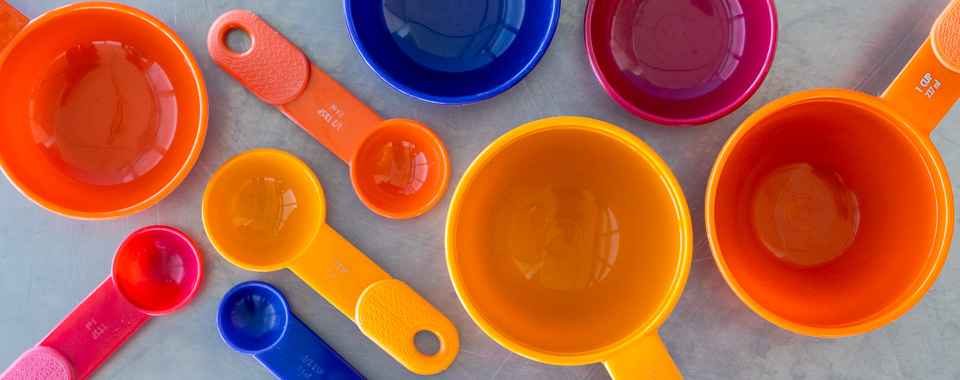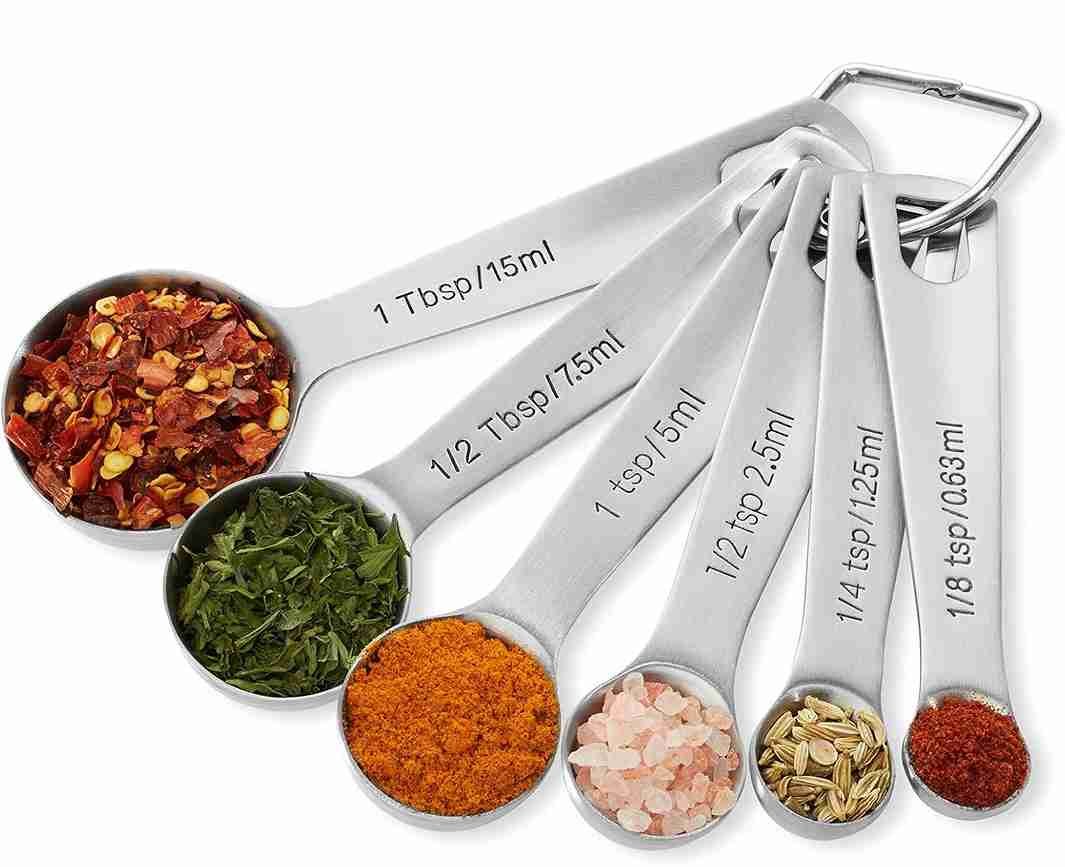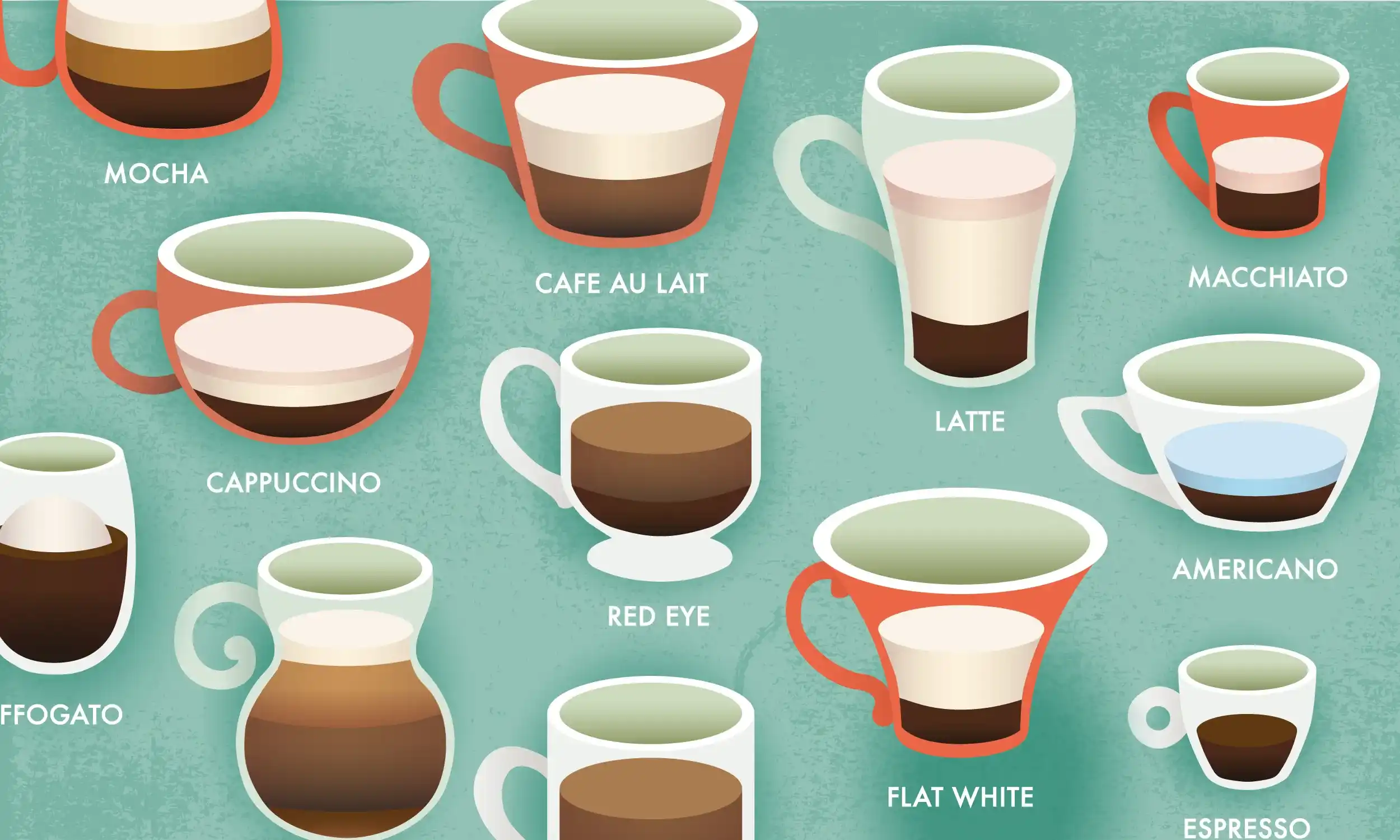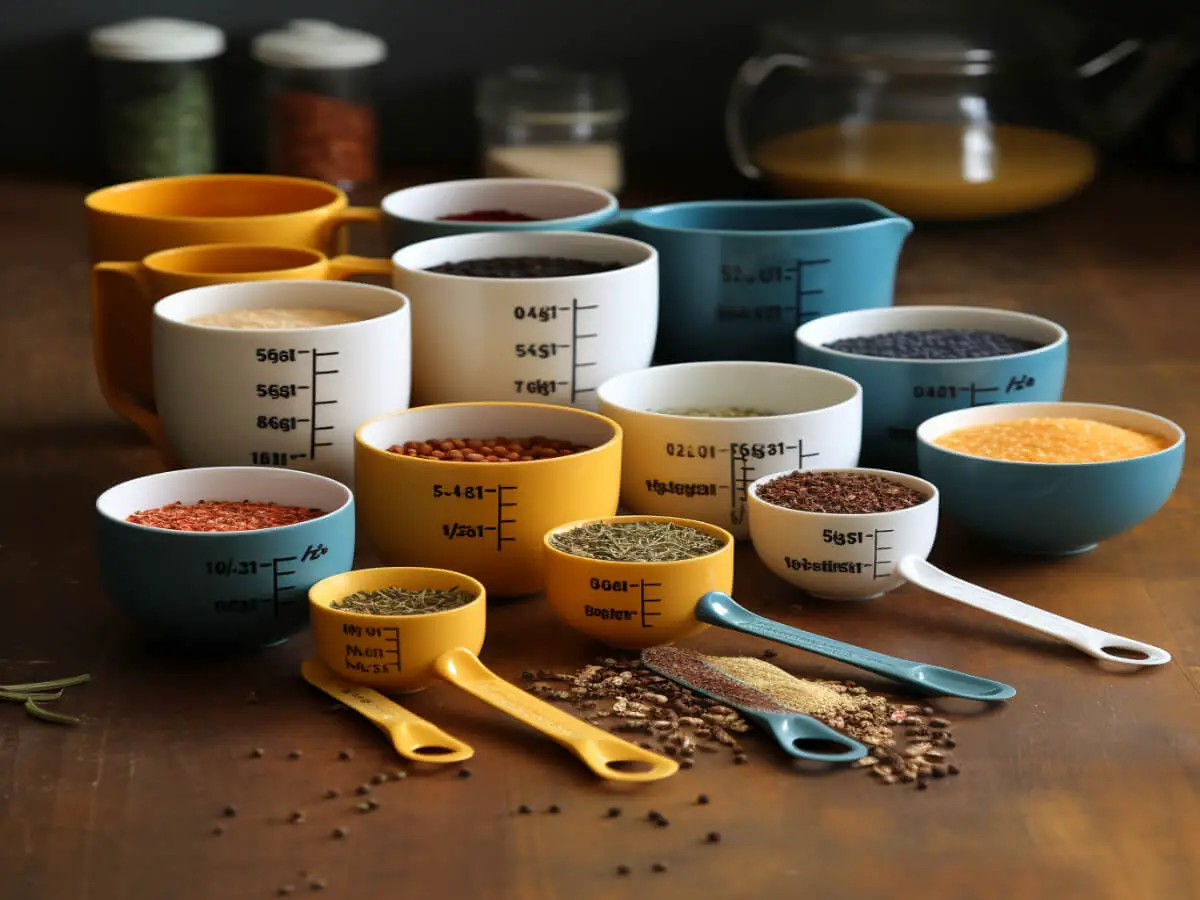Have you ever been within the middle of a recipe and realized you don’t have the proper measuring cup? It happens to absolutely everyone. You would possibly wonder, “How many tablespoons makes a cup?” Knowing this simple conversion can keep your dish and make your time inside the kitchen a great deal simpler. This guide will inform you everything you want to understand approximately changing tbsp in a cup.
Understanding simple measurements is the important thing to cooking and baking. Whether you degree a cup of flour or olive oil as a liquid, accuracy questions. We’ll discover the simple tbsp in a cup conversion method, discuss styles of measurements, and percentage suggestions to make your cooking experience smoother and stress-loose. This accessible guide is right here to make your cooking journey smoother.
Understanding the Basics of Kitchen Measurements
Before we dive into accurate numbers, it is useful to identify the equipment used in the kitchen. There are regular kitchen measurements used for cups and large slope. Knowing the relationship between them guarantees that TBSP in a cup conversion, right for each recipe.
The Simple Answer
So, how many tbsp in a cup are there? The straightforward answer is 16. There are exactly 16 tablespoons in one standard US cup, making this the essential tbsp in a cup conversion every home cook should know.
This way if a recipe 1/2 asks for a cup, you will use 8 tbsp. If you want 1/4 cup, you may use 4 tbsp.
Memorizing this tbsp in a cup conversion makes it clean to regulate recipes or degree appropriately without unique gear. This is an important piece of information for any kitchen.
Why is accurate measurement important
You can assume that there can be no difference in excess flour or sugar, but the exact measurement is important for stability. In baking, particularly, the ratio of components influences the very last texture and taste. Too much flour could make your fan-favorite Vegan Banana Bread dense, whilst now not enough sugar could make it bland.
Correct measurements make sure your dishes pop out the equal way every time. This is why expert cooks are so particular. For them, consistency is the whole lot. Using a suitable wide selection of a spoon or cup gives you delicious and reliable results, and prevents waste and disappointment of substances.
Convert cups

Now that you recognise the magic range is 16, permit’s discover the conversion from cups to tablespoons in extra element. Having a brief reference can be a lifesaver when your fingers are blanketed in dough.
A Handy Conversion Chart
Sometimes, a visible useful resource is the nice tool. Here is a easy conversion chart that will help you quick discover the facts you need. You can print this out and stick it to your refrigerator for clean access.
- 1 Cup = 16 Tablespoons
- 3/4 Cup = 12 Tablespoons
- 2/3 Cup = 10 2/3 Tablespoons
- 1/2 Cup = 8 Tablespoons
- 1/3 Cup = 5 1/3 Tablespoons
- 1/4 Cup = 4 Tablespoons
- 1/8 Cup = 2 Tablespoons
- 1/16 Cup = 1 Tablespoon
This sincere table makes it easy to peer how many tablespoons you want for not unusual fractions of a cup.
You can also read about soft autumn color palette
The Conversion Formula
If you revel in math or want to calculate a much less commonplace quantity, there is a simple formulation.Measuring dry ingredients with a liquid measuring cup is a big no-no!
Formula: (Number of Cups) x 16 = Number of Tablespoons
For example, converting 1. Five cups to tablespoons, you will do: 1 x sixteen = 24.
Therefore, 1.5 cups is equal to 24 tbsp — another handy tbsp in a cup calculation to remember.
Measuring Different Types of Ingredients

Does it be counted in case you are measuring liquid or dry components? Yes, it does. The technique for measuring a cup of flour isn’t the same as measuring a cup of water. Let’s take a look at the first-rate practices for both.
Tips for Measuring Dry Ingredients
Dry ingredients along with flour, brown sugar, or powdered sugar require listening to how you fill the measuring cup throughout measurement.
- Flour: Don’t scoop the flour immediately from the bag along with your measuring cup.
This compacts the flour, and you’ll become with greater than the recipe requires. Instead, use a spoon to gently scoop the flour into the measuring cup until it is overflowing. Then, use the returned of a knife to stage it off. This technique is important for getting the proper amount of tablespoons of flour. - Brown Sugar: Unlike flour, brown sugar should be packed into the measuring cup.Press it down firmly with a spoon or your palms.
When you turn it out, it should hold the shape of the cup. - Granulated and Powdered Sugar: For sugars like cane sugar or coconut sugar, you can follow the same method as flour. Spoon it into the cup and level it off.
These dry measurement tips will help you achieve consistent and delicious results in your baking.
You can also read about ponas robotas
Tips for Measuring Liquid Ingredients
Measuring drinks is usually greater trustworthy, but there are nevertheless some things to keep in mind for accurate measurement.
- Use a Liquid Measuring Cup: These cups, often made of glass or plastic, have a spout for easy pouring and measurement lines below the rim. This space prevents spills.
- Read at Eye Level: Place the measuring cup on a flat, level surface. Bend down so your eyes are level with the measurement line to get an correct reading.
Looking from above can give you an incorrect measurement. - Consider viscosity: Thick fluids such as honey or syrup can be difficult. You can smooth the measuring spoon or cup gently with oil to help you slip out.
Whether you are measuring liquid condiments or a cup of butter, these suggestions will make sure you get the proper amount.
Common Questions and Mistakes
Even with a guide, questions can get up. Let’s cope with a few not unusual queries and mistakes that will help you master kitchen conversions.
What’s the Difference Between Cup Types?

Not all cups are made the same. You must have seen words like “Comprehensive Cup”, “Metric Cup” or “Criminal Cup”.
- US Customary Cup: This is the standard measuring cup in the United States. It holds eight fluid oz, which is ready 236.6 milliliters. This is the cup that holds sixteen tablespoons.
- US Legal Cup: This cup is defined by the FDA for nutrition labeling and holds exactly 240 milliliters. The distinction is small but can count in unique recipes.
- Metric Cup: Used in countries like Australia, New Zealand, and Canada, the metric cup is 250 milliliters.
- Typical Coffee Cup: A ordinary coffee cup or mug isn’t a great unit of measurement.
These can variety from 6 to 12 grams or more. Never use a coffee mug for recipes unless the recipe specifies it.
The number one distinction can effect your very last dish, so constantly use a preferred measuring cup when a recipe requires one.
Are Tablespoons the Same Everywhere?
Like a cup, tablespoons can also occur. An American tablespoon is set to be 14.8 ml. Australia has a metric spoon of 20 ml, while in the UK it is 15 ml. For most home cooking, the small variations will not destroy your right. However, it is true to know about them, especially if you use dishes from unique countries. A sweet spoon is shorter than a spoon, so don’t confuse them.
Common mistakes to escape
Avoiding common errors will increase when cooking.
- Measuring dry substances with a liquid measuring cup is a huge no-no!Measurement of drought cups is designed to close, which is difficult with the Liquid Cup spout.
- Ignoring a Recipe’s Instructions: If a recipe says “a cup of flour, sifted,” it means you measure one cup first, then sift it. If it says that “a cup cracked dough”, you first squeeze the dough, measure it. The difference can be important.
- Eyeballing Measurements: While experienced cooks can sometimes get away with it for savory dishes, baking is a science. Avoid guessing how many tbsp in a cup you’ve added. Be precise for the best outcome.
By heading off those easy errors, you will find your recipes are more steady and a success. Your newfound knowledge of unit conversion will make you a extra assured cook.
